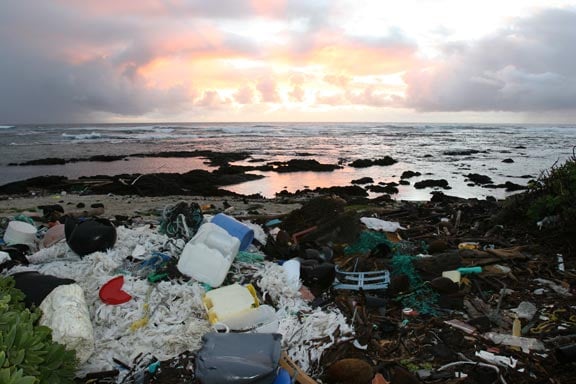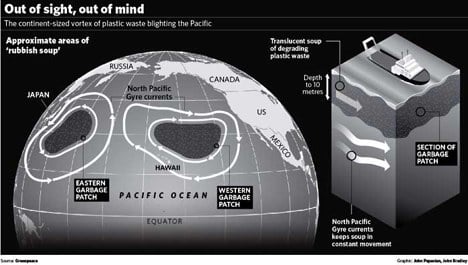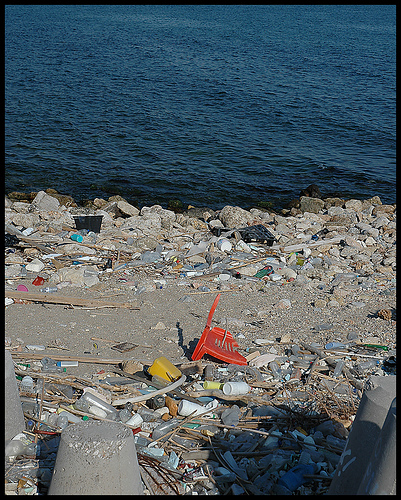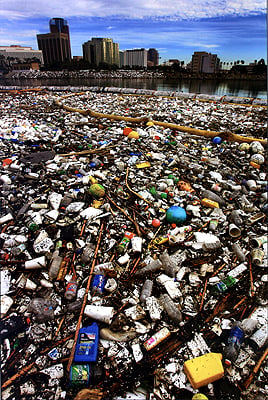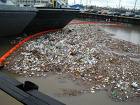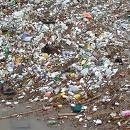No edit summary |
No edit summary |
||
| Line 18: | Line 18: | ||
[[Image:2654210592_29df7fbe11.jpg]] [[Image:runoff.jpg]] | [[Image:2654210592_29df7fbe11.jpg]] [[Image:runoff.jpg]] | ||
[[Image:images2.jpeg]] [[Image:images4.jpeg]] [[Image:images.jpeg]][[Image:images8.jpeg]] [[Image: | [[Image:images2.jpeg]] [[Image:images4.jpeg]] [[Image:images.jpeg]][[Image:images8.jpeg]] [[Image:images7.jpeg]] [[Image:images9.jpeg]] | ||
== What kind of stuff can be found in the Garbage Patch? == | == What kind of stuff can be found in the Garbage Patch? == | ||
Revision as of 06:39, 7 November 2008
One day back in 1997, Charles Moore, on a whim, decided to take an alternate route from Hawaii to Southern California. He was shocked to have found debris floating in the ocean about 1000 miles north of Hawaii and 1000 miles West of San Francisco. The more he looked, the more he found, the more he found, the more disturbed he became. Like any good human should, he sought out to do something about this atrocity, eventually founding The [Algalita Marine Research Foundation].
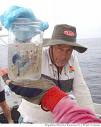
What is the Garbage Patch?
The garbage patch is the world's largest landfill that has infiltrated our ocean. It consists of all sorts of trash from all over the world, 90% of it being plastic. Many people wrongly believe that it is a solid land form, but it isn't. It is billions upon billions of tiny pieces of plastic. Plastic does not biodegrade, ever, it photo-degrades. To photo-degrade means that in the presence of the sun plastic breaks down into smaller and smaller pieces, still plastic.
Where is it located?
The Garbage Patch is located in the Pacific Ocean. The Eastern Garbage Patch is located between Japan and Hawaii. The Western Garbage Patch is located between Hawaii and the US. The Western Patch is approximately twice the size of Texas. The Eastern and Western patches combined is thought to be two times the size of the continental US and is estimated to be 10 to 30 meters deep.
Where does this garbage come from?
HUMANS!
What kind of stuff can be found in the Garbage Patch?
Baby bottles, water bottles, fishing gear, lighters, lids, rubber ducks, netting, shampoo and conditioner bottles, laundry soap bottles, milk jugs, ab rollers, happy meal toys, beer coolers, Tupperware, Swiffers, milk crates, Astroturf, hair dryers, baby pools, buckets, toothbrushes, tampon applicators, saran wrap, plastic bags, Lego's, Velcro, credit cards, breast implants, galoshes, prosthetic limbs, Styrofoam containers, contact lenses, helmets, cutlery, pens, pantyhose, condoms, dolls, flowers, photo frames, CD and DVD cases, water guns, shoes, cups, plates, pink flamingos, silly putty, sports balls, glue sticks, air conditioners, catheters, polar fleece, garden hoses, sex toys, expandable insulation, sprinklers, eyeglasses, syringes, dental floss, beach balls, fridge doors, carrier bags of all sorts = dry cleaning, fast food, grocery, wardrobe and garbage bags, hula hoops, Plexiglas police shields, carpeting, humidifiers, car bumpers, green bins, Teflon pans, Frisbees
Why doesn't it spread to the whole ocean?
The Garbage Patch is being held in certain areas because it is caught in the North Pacific Subtropical Gyre. A gyre is an area of the ocean that moves in a circular motion due to the warm tropical air that comes from the equator. This warm air starts to descend as it moves north and moves in a circular motion which creates circular ocean currents. The entire area is ~100 million square miles and is also known as the 'horse latitudes' or the 'doldrums'. The circular ocean currents tend not to mix with the surrounding ocean, so the garbage floats in and stays, forever circling and churning. All in all, globally, these gyres make up ~40% of the ocean.
